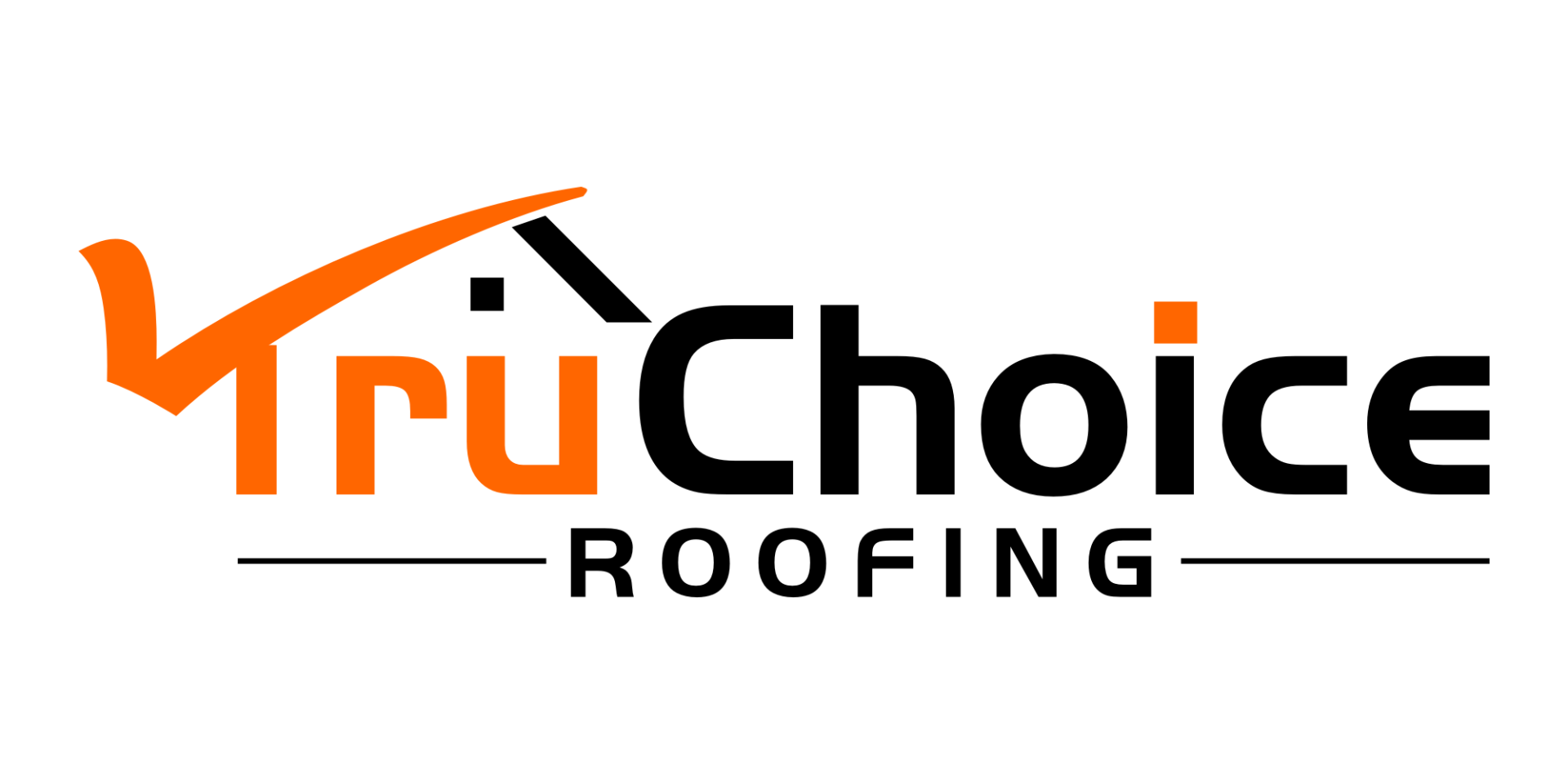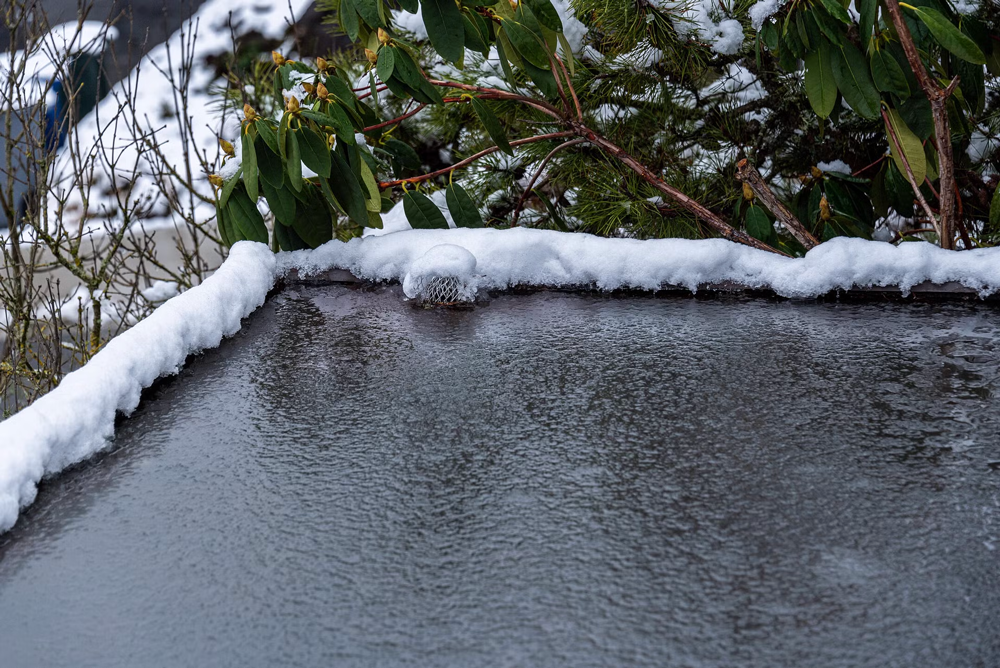Winter Roofing Guide: Safeguard Your Metal Roof from Cold
According to State Farm, metal roofs can last 40-80 years, significantly outlasting traditional asphalt shingles.
But even these durable structures require proper care to withstand harsh winter conditions. Today, we're looking into winter roofing strategies to help you prepare, maintain, and protect your metal roof throughout the cold season.
Understanding Winter Roofing Challenges
Winter weather poses specific challenges for roofing systems, particularly when heavy snowfall and freezing temperatures are involved. Metal roofs, known for their durability, are not immune to these conditions.
Here are the three primary challenges faced by metal roofs in winter:
- Snow and ice accumulation
- Ice dams and water infiltration
- Temperature-related expansion and contraction
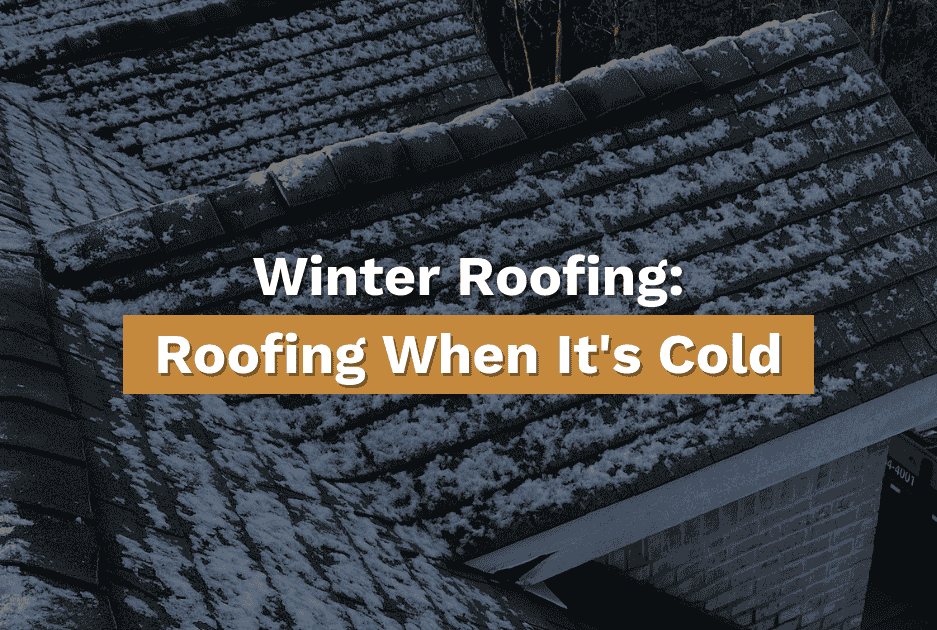
Snow and Ice Accumulation
Snow and ice can pile up on a roof, creating excessive weight and putting strain on its structure. While metal roofs are better at shedding snow than other materials, significant accumulation can still occur under the right conditions.
Wet snow, which is denser and heavier, is particularly problematic. When left unchecked, this weight can lead to sagging or even structural damage in extreme cases.h
Ice Dams and Water Infiltration
Ice dams form when warm air escapes from inside a home and melts the underside of accumulated snow. The water then refreezes at the roof's edge, creating a barrier that prevents proper drainage.
Metal roofs, though resistant to moisture, can still experience leaks if water pools for extended periods. Proper insulation and ventilation are essential to prevent these issues.
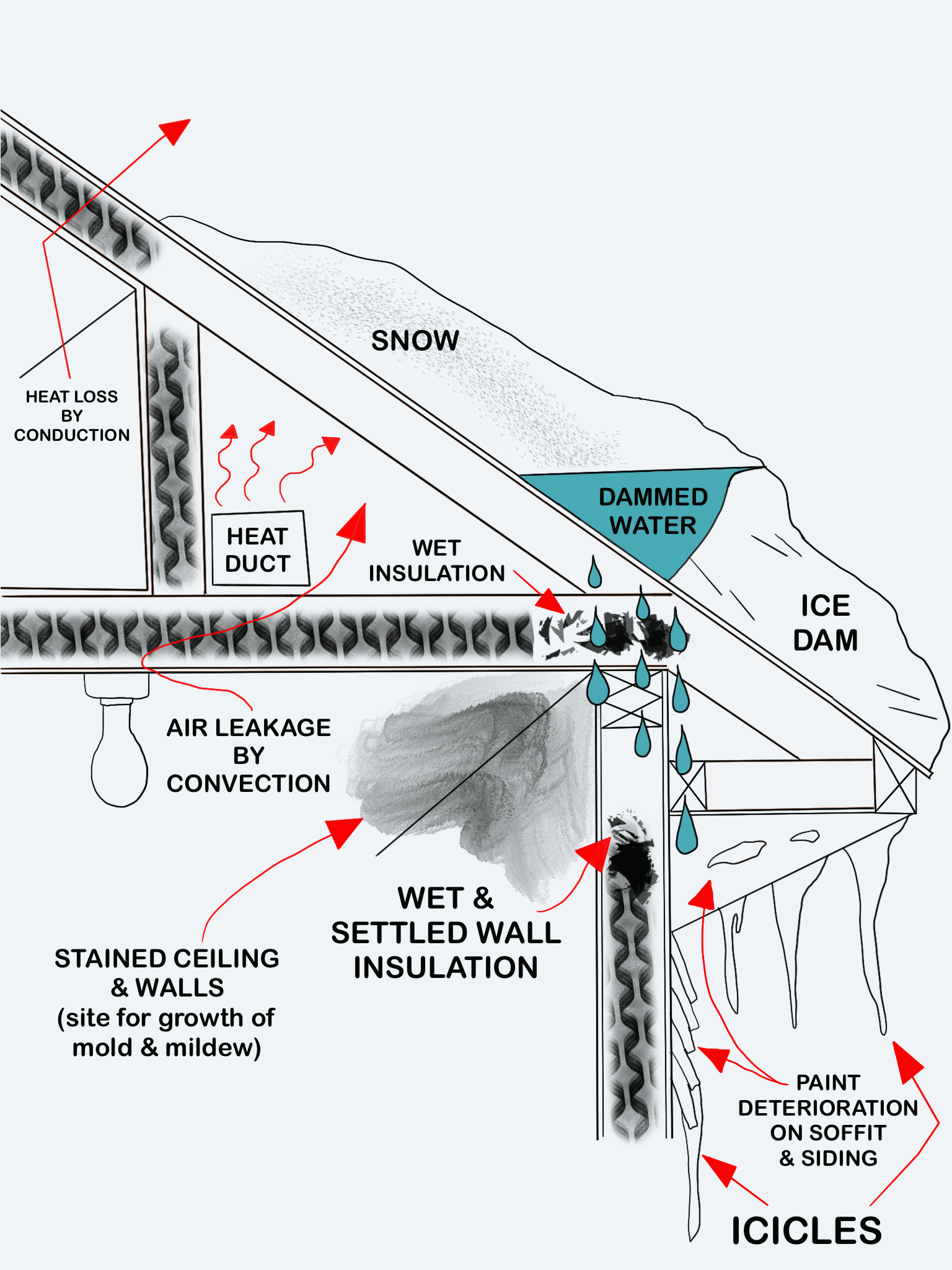
Temperature-Related Expansion and Contraction
Metal naturally expands and contracts as temperatures fluctuate. During winter, the cycle of freezing nights and milder days can put stress on a metal roof's fasteners and seams.
Over time, this can lead to loosened panels or gaps where moisture may enter. Regular inspections can help identify and address these issues before they worsen.
Key Benefits of Metal Roofs in Winter
Metal roofs offer distinct advantages during the colder months, making them an excellent choice for regions with harsh winters. They are built to handle the challenges of snow, ice, and freezing temperatures with minimal upkeep.
There are three primary benefits to using metal roofing materials for winter:
- Durability and resistance to snow and ice
- Energy efficiency and insulation
- Long-term cost-effectiveness
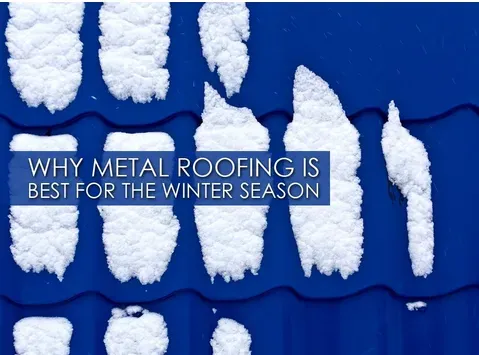
Durability and Resistance to Snow and Ice
Metal roofs are designed to withstand the weight of snow and the freezing effects of ice. Their smooth surface helps snow slide off more easily compared to traditional shingles, reducing the risk of accumulation.
The snow-shedding capability not only protects the roof from excess weight but also helps prevent structural stress. Plus, metal roofs resist corrosion caused by freezing rain and repeated exposure to moisture, ensuring they last longer even in extreme weather conditions.
Energy Efficiency and Insulation
Metal roofs contribute to energy efficiency during the winter by reflecting sunlight and reducing heat loss. Homes with properly installed metal roofing materials for winter often experience lower heating bills.
When paired with adequate insulation, metal roofs help maintain consistent indoor temperatures, creating a comfortable environment despite the cold outside. This combination makes them a practical choice for energy-conscious homeowners.
Long-Term Cost-Effectiveness
Although metal roofs may require a higher initial investment, their longevity and low maintenance needs make them cost-effective over time. They're less likely to require repairs due to winter damage, saving homeowners money on upkeep.
The ability to handle heavy snow and ice without frequent issues reduces the need for emergency fixes during severe weather.
Winter Metal Roof Preparation Checklist
Preparing a metal roof for winter is one of the best ways to prevent costly damage and ensure it lasts for years to come. Taking proactive steps can help homeowners address potential problems before cold weather sets in.
There are four key tasks to focus on when getting a metal roof ready for winter:
- Inspecting the roof for damage
- Cleaning gutters and removing debris
- Adding snow guards or heat cables
- Ensuring proper insulation and ventilation
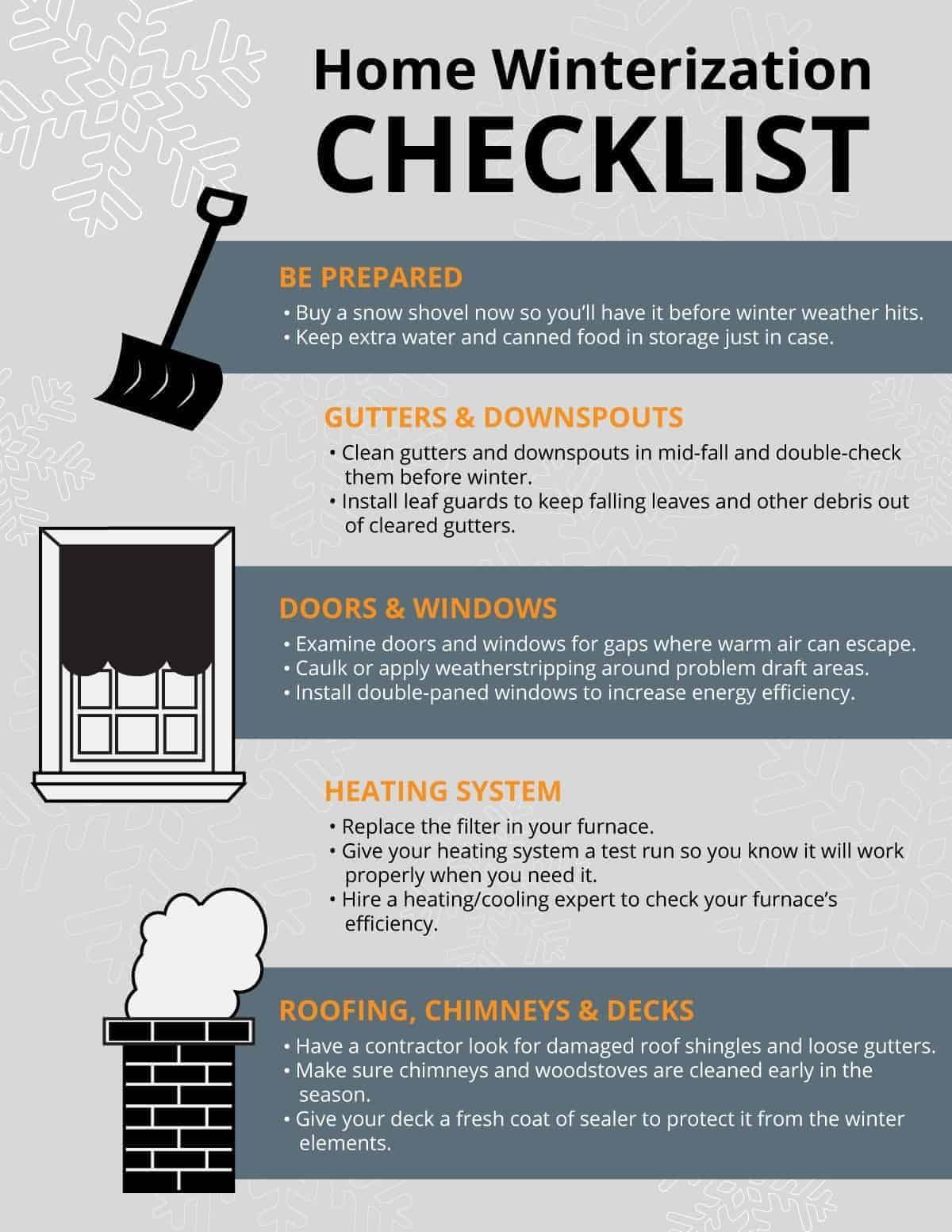
Inspecting the Roof for Damage
Before winter begins, inspect the roof thoroughly for signs of wear and tear. Look for loose or damaged panels, rust spots, or any areas where fasteners might have loosened. Addressing these issues early prevents minor problems from worsening under the weight of snow and ice.
It's wise to schedule a professional inspection if climbing onto the roof is unsafe or if you're unsure what to look for. Professionals can identify issues that might be easy to miss, such as subtle gaps or weakened seams.
Cleaning Gutters and Removing Debris
Clear gutters and downspouts are critical for proper drainage during winter. Leaves, twigs, and other debris can block water flow, increasing the risk of ice dams.
Clogged gutters may also lead to water pooling on the roof, which can freeze and cause damage. Use a sturdy ladder and gloves to safely remove debris, or hire a professional service to clean the gutters if needed.
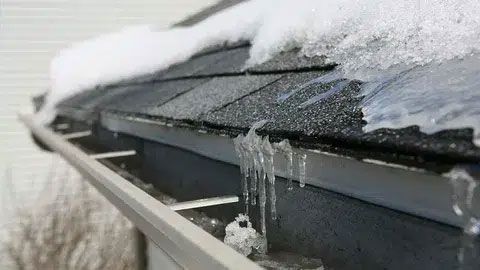
Adding Snow Guards or Heat Cables
Snow guards are a valuable addition to metal roofs in areas prone to heavy snowfall. These small devices prevent large sheets of snow from sliding off the roof all at once, which can damage property or pose safety risks.
Heat cables are another effective tool, helping to melt snow and ice in key areas like valleys or overhangs. Installing these systems before winter ensures the roof is prepared for severe conditions.
Ensuring Proper Insulation and Ventilation
Proper insulation and ventilation play a crucial role in maintaining a metal roof's performance during winter. Insulation prevents warm air from escaping, which reduces the chances of ice dams forming.
Ventilation ensures that moisture doesn't build up in the attic, which could lead to mold or other issues. Check that the attic is properly ventilated and insulated to keep the roof in good condition throughout the season.
Metal Roofs Maintenance Tips
Proper maintenance is essential for keeping a metal roof in good condition throughout the winter. While metal roofs are designed to handle extreme weather, neglecting maintenance can lead to preventable issues.
There are three main areas of focus when maintaining a metal roof during the colder months:
- Regular snow removal to prevent stress on the roof
- Monitoring and addressing ice dams
- Inspecting for damage after storms
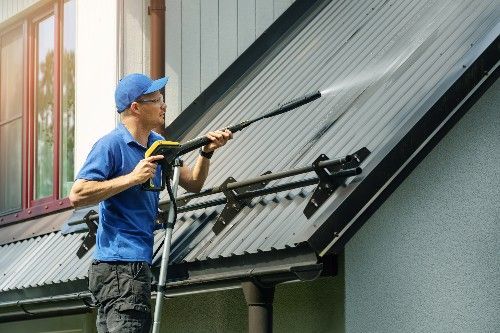
Regular Snow Removal to Prevent Stress on the Roof
Snow buildup can become a problem if it isn't managed properly. Although metal roofs are better at shedding snow than other materials, heavy accumulation can still occur in specific conditions, such as with wet snow.
Regularly clearing snow reduces the weight and prevents unnecessary stress on the roof's structure. It's important to use tools specifically designed for snow removal on metal roofs, such as plastic roof rakes, to avoid scratching or damaging the surface. Removing snow promptly also reduces the risk of water pooling and freezing in vulnerable areas.
Monitoring and Addressing Ice Dams
Ice dams are a common issue during winter, even for metal roofs. They form when heat from inside the house causes snow to melt, and the water refreezes at the eaves.
It can block water from draining properly, leading to leaks or structural damage. Regularly inspecting the edges of the roof for ice buildup can help homeowners identify potential problems early.
Using heat cables or ensuring proper attic insulation can reduce the likelihood of ice dams forming. Addressing these issues quickly is key to preventing long-term damage.
Inspecting for Damage After Storms
Winter storms can cause damage to metal roofs, particularly during periods of high winds or heavy snowfall. After a storm, it's a good idea to inspect the roof for any signs of lifted panels, loose fasteners, or scratches.
Minor issues like these can escalate if not repaired promptly. Paying attention to flashing, seams, and other vulnerable areas ensures the roof remains watertight and secure. If climbing onto the roof is unsafe, hiring a professional for post-storm inspections is a safer alternative.
Choosing The Best Metal Roofing Materials For Winter
Selecting the right materials for a metal roof is an important step when preparing for winter. The type of metal used in a roof greatly impacts its ability to handle winter weather.
Aluminum is a popular choice due to its resistance to corrosion, even in areas with heavy snowfall or freezing rain. Steel is another durable option, especially when it's galvanized or coated to prevent rust. Copper, while less common because of its higher cost, offers excellent durability and weather resistance, making it suitable for extreme winter conditions.
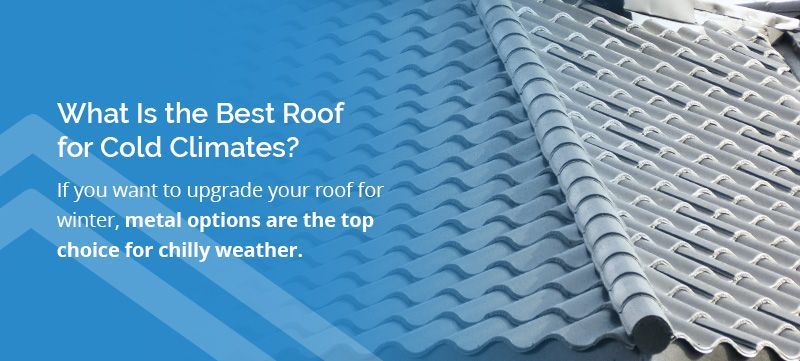
Protective Coatings and Finishes
Protective coatings and finishes are essential for maximizing a roof's lifespan and performance. Many metal roofs come with factory-applied coatings that protect against moisture and ice buildup.
Finishes like these not only prevent corrosion but also improve the roof's ability to shed snow and resist scratches.
Cold Weather Metal Roofing Solutions
With these winter roofing strategies, your home will stay secure and protected throughout the coldest months.
At TruChoice Roofing, we understand your roof and gutters protect your home and family. We offer durable, stylish roofing options, including metal roofs that last up to 50 years. We do windows, siding, gutters, and gutter guards as well!
Get in touch today to find out how we can help with your metal roofing needs!
Get a Quote Today!
Blog Contact Form
We will get back to you as soon as possible
Please try again later
You might also like
Quick & Reliable
Servicing Fort Wayne and surrounding areas.
Location
112 Lincoln Highway W.
New Haven, IN 46774
Info@truchoiceroofing.com
Call
260-222-8812
All Rights Reserved | TruChoice Roofing
